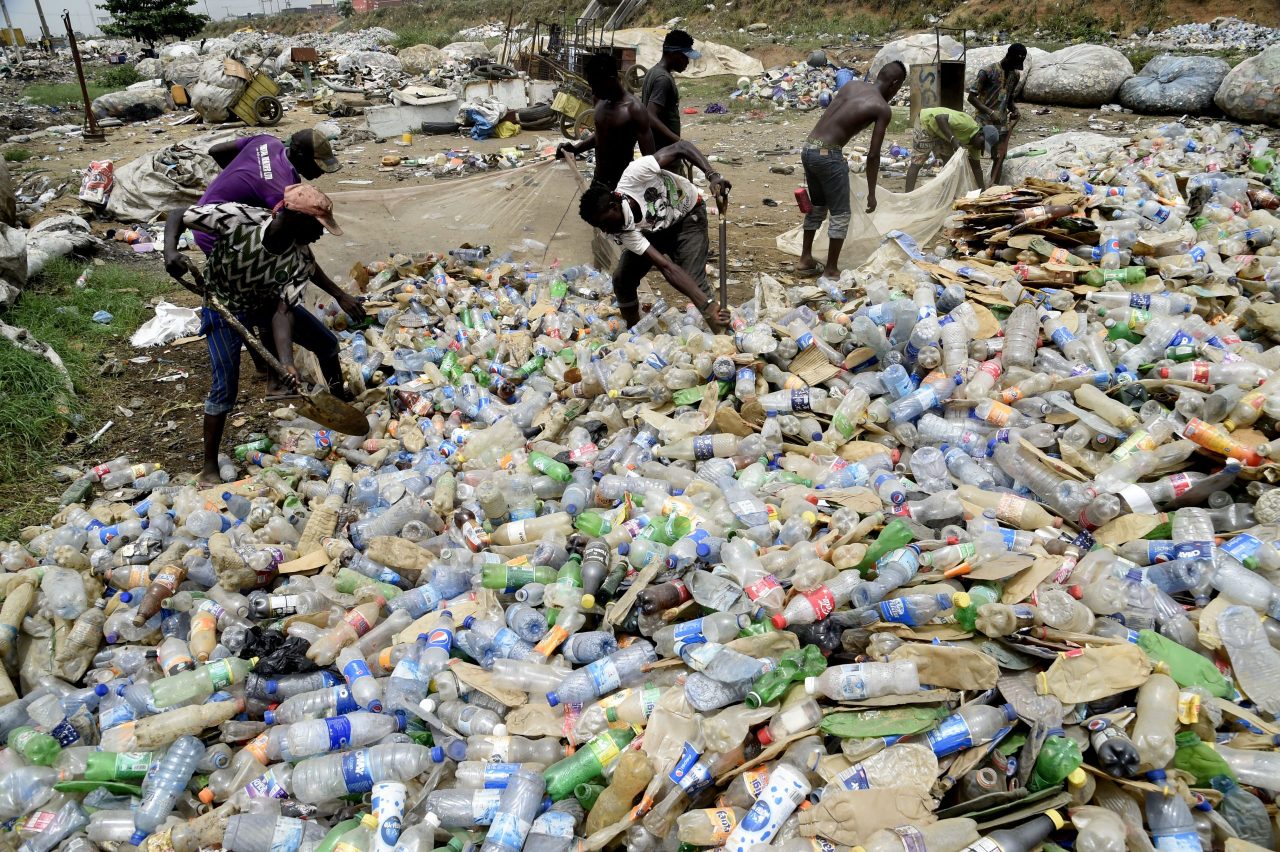Foremost Nigerian conservationist, Dr. Matthew Dore, has reiterated the need for sustained advocacy among critical stakeholders to preserve biodiversity from going into extinction across the country.
He said the Nigeria needs proper documentation and interpretation of existing biodiversity and the need to showcase them to discerning public as well as include biodiversity/conservation history in schools’ curriculum for posterity to have a sense of their history.
Dore said this during the presentation of his book entitled, “Biodiversity of Lagos” to the public in Lagos.
The forum attracted Nigerian economist, Mr. Bismarck Rewane, former Head of Service of the Federation, Prof. Oladapo Afolabi, the Managing Partners, Mangrove & Partners Limited, Timeyin Uwejamomere, Technical Director, Nigerian Conservation Foundation, Dr. Joseph Onoja, traditional leaders, friends and families.
The 151-page book highlights that Lagos State had a very complex and rich protected area system that covered most of its ecological endowment, 14 protected areas under six management categories that include managed nature reserve/wildlife sanctuary, anthropology reserve/natural biotic reserve, strict nature reserve, resource reserve, biosphere reserve and multiple use / managed resource reserve.
It revealed extinct species like elephant and buffalo, manatee in Lagos, Crocodiles, Mona monkeys, African Rock Python, West African monitor Lizard, Mega city concept, biodiversity hotspots in Lagos city and Biodiversity on the beaches like turtles and monkeys in Lagos, types; their roles and threats (Pollution, Oil, Plastics, Fishing, Predation, Lumps, oceanic visitors (Whales and Dolphins) and others. Some of these species, he said are in extinct through migration.
He said there was the need to replicate existing conservation centres like the Nigerian Conservation Foundation situated in Lekki, to other parts of the state.
According to him, leaders must design urban and regional plans for a mega city like Lagos to successfully strike a balance in living with wildlife and the same time ensuring infrastructure development as seen in city like New York.
On why he wrote the book, Dore said: “Lagosians live in Lagos without any knowledge of the species they share the space with. I see several expressions of the diversity of life in Lekki, Epe and every time it rains there are crocodiles in Lekki, Ajah and FESTAC. People are building houses in Ikorodu and in Lekki and Pythons are coming out. So with all the economic activities going on in Lagos, this aspect of life seems to have fallen aside.
He added: “There is opportunity to showcase biodiversity, which is the environment that support different species and the diversity of the species, almost every day, you will find in the papers, the conflict between man and animals.
Nigerians look at Kenya and see Antelopes migrating but fishes also migrate from Nigeria. I have shown what is available in Lagos state through the book; I did not criticize or make recommendations. Every body should work together and map out the next steps
“No matter the population, public private partnership can work. With nine Lagoons, there is so much that can be done, it only requires planning and saving of resources”
The former head, Department of Animal Biology, Federal University of Technology, Minna, Prof. Francis Arimoro, who was the reviewer, explained that biodiversity are found in genes, species, ecosystems and ecosystem processes, which is vital to sustaining life on earth.
He said the book, which attempt to document history for posterity gives insights into benefits of conservation for human which include, ecosystem functioning, food, oxygen we breathe, medicines and water cleaning/recycle nutrient.
He described the book as suitable complimentary textbook of biodiversity study of Lagos State, provides a platform for conservation and sustainability, shows the importance of protected areas and their location and good for Environmental Impact Accessment studies in Lagos state.
Arimoro observed that threats to biodiversity, include habitat destruction, Exotic species, pollution, illegal collection, climate change and land use changes.
A key highlight in the book, he said was the revelation that Lagos has 10 Lagoons, which are Apese (Onijedi) Badagry, Epe, Iyagbe, Kuramo water, Lagos, Lekki, Ologe, Mahin, Ologe and Yewa, Rivers include Ogun and Omu.
He said: “Wetland ecosystems are unique water bodies subject to flooding at some point, either seasonally or permanently. About 60 per cent of Lagos Metropolis was originally natural wetlands. Human activities decrease the earth’s biodiversity by causing the premature extinction of species and by destroying or degrading habitats needed for the development of new species.”
Threats to them, he further said include population pressure, direct conversion waste pollution and industrialisation/urbanisation.
“Water is the single most significant topographical component in Lagos State. Characteristic abundance of water features in creeks, estuaries, lagoons, and rivers. Lagoons are a defining element of the state and the current count is ten. The Mahin lagoon, which is coterminous with these water bodies, is sometimes included in this system.
Lekki Lagoon is the second largest in Lagos state. The surface area of the Lekki Lagoon is about 247 square km2 shallow at a varying depth ranging between 3 to 6.4 metres. It is a freshwater body receiving most of its water supply from three primary sources. These are Rivers Oni, Oshun, and Saga. Lekki Lagoon lies directly to the east of Lagos lagoon, to which a channel connects it. Lekki Lagoon is enclosed by Epe and Ibeju -Lekki on the Lagos side and Iwopin on the Ogun side,” he said.






